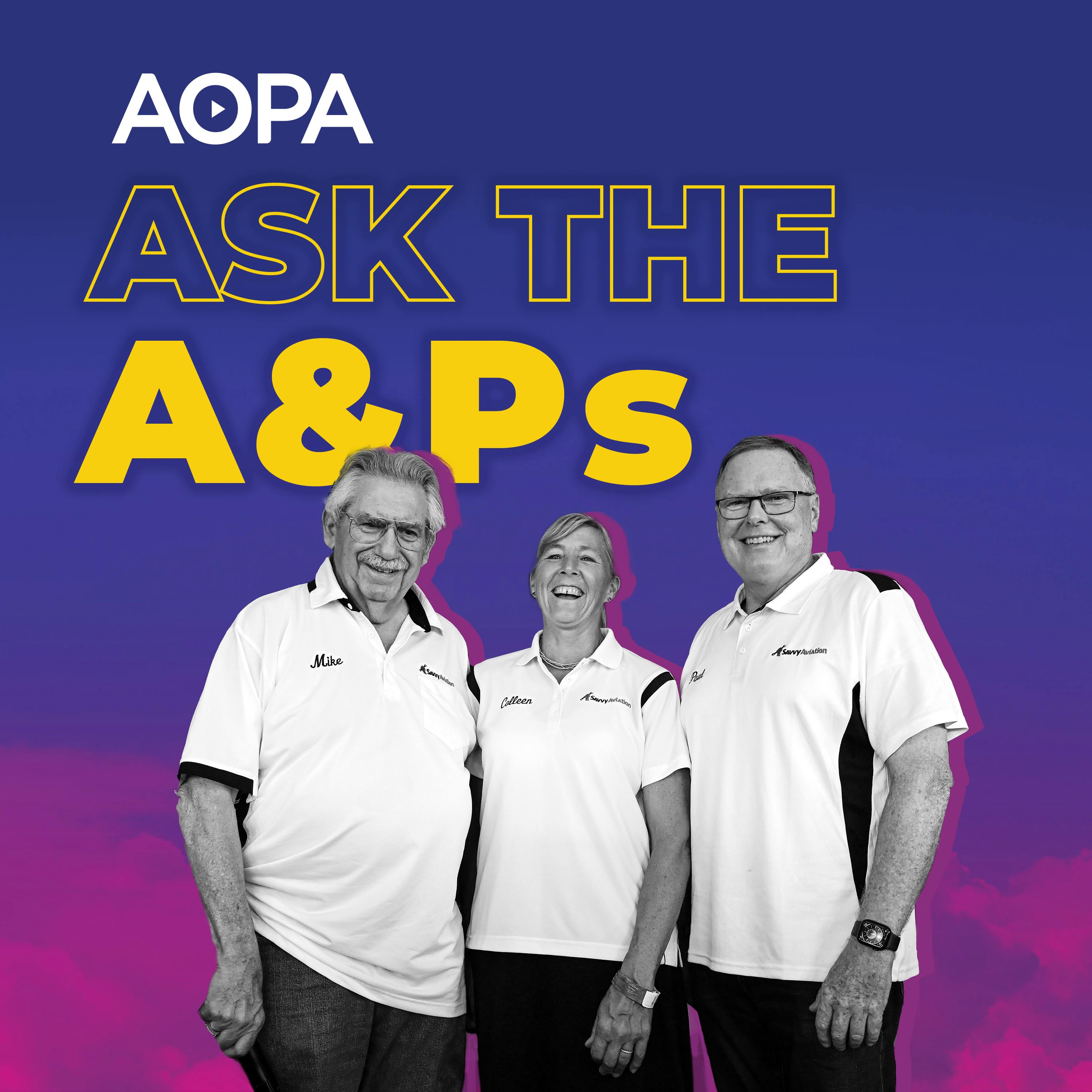The only thing that can cause CHT to rise that fast is pre-ignition
Description
In two separate but similar incidents, owners want to know whether their cracked spark plug insulators caused pre-ignition or if detonation ruined their plugs. Mike, Paul, and Colleen tackle those questions, and many more. Email [email protected] for a chance to get on the show.
Full notes below:
Mitch has a Mooney that developed a strong engine vibration a few minutes into a flight. He quickly discovered the problem as the cylinder head temperature was climbing, and he went full rich and reduced power. A subsequent borescope inspection discovered no anomalies, so he’s wondering what happened. Many people online said it was a clogged fuel injector, but Mitch suspects pre-ignition. So do Mike, Paul, and Colleen. They hone in on a cracked spark plug nose insulator. Mitch is also concerned about which came first. Did the broken insulator cause the problem, or did detonation break the plug? Thanks to good photos and data, the hosts are convinced there wasn’t a serious detonation event, and it was isolated to a plug problem.
Brian wants Mike, Paul, and Colleen to comment on the validity of an unusual procedure. He has a friend that “burps” the engine after every flight, and he swears it keeps his oil much cleaner. It works like this: after every flight the friend will open the oil filler cap and turn the prop backward. Every time he does it a bunch of gasses escape. It’s a legit thing to try, say Paul and Mike. Colleen is shocked because it seems an odd thing to do, but getting a lot of the moisture out—which is the majority of what is coming out—can only be good for the engine.
Les has a Lance, and on a recent humanitarian flight with a plane full of passengers his engine started shaking badly. With no good option to set down, he reduced power and nursed it back to the airport. No borescope necessary here, the evidence was obvious—total piston destruction. Again the hosts suspect a cracked insulator, and again they think it was probably the spark plug’s fault, and not something that originated with detonation. Mike doesn’t seem classic detonation symptoms on the cylinder. Les isn’t convinced since his mechanic didn’t find a cracked insulator, something Mike doesn’t buy. Even extremely small cracks can cause problems, and with such a violent event, it likely would have been cracked in the process.
Richard has a new carb temp gauge and he is looking for advice on how to use it. Specifically he’s found that in some phases of flight he has to have carb heat on at least partially to keep the carb temp high enough to stay out of the icing danger zone. But he’s also heard that it’s bad to operate this way. The hosts agree that doing so could be bad, but with the gauge in place he shouldn’t worry. It gives him the information he needs to operate safely.
Jay discovered a broken oil control ring after just a few hundred hours on a cylinder, and he’s wondering if his operating procedure caused it. Jay flies a Taylorcraft and it has a new carb that enables leaning, whereas previously it was always flown full rich. Not to worry, say the hosts. Excessive leaning wouldn’t have caused the problem, and he should feel safe to continue leaning.
More Episodes
Published 11/15/24
Lean of peak is causing odd vibrations in a Commander, and the hosts discuss proper troubleshooting. Plus carb heat on the ground, dehydrators, and parts no longer manufactured. Email [email protected] for a chance to get on the show.
Full notes below.
Chip said his mechanic is concerned about...
Published 11/01/24
Rough idle, electronic ignition basics, airplanes to avoid (or not), and the difference between detonation and pre-ignition are on tap for this episode. Email us at [email protected] for a chance to get on the show.
Join the world's largest aviation community at aopa.org/join
Full notes...
Published 10/15/24


